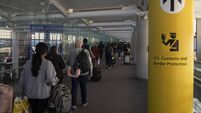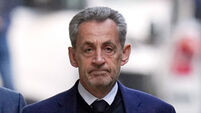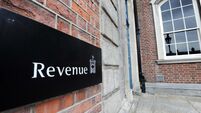Airbus pilot decided to land despite ‘red alert’
Investigators searching the wreckage found the flight data and voice recorders - the so-called “black boxes,” said Steve Shaw, spokesman for the Greater Toronto Airports Authority.
Officials hope these will provide clues as to what caused the aircraft to skid off a runway on Tuesday and burst into flames.














